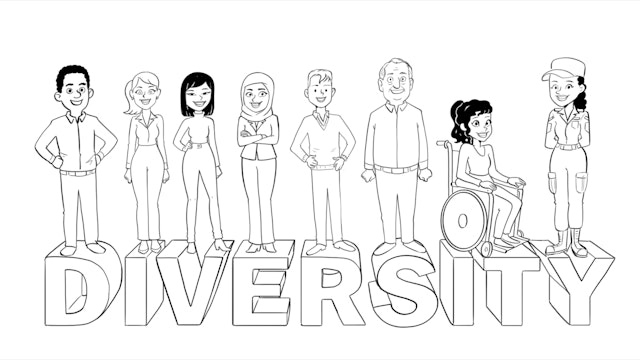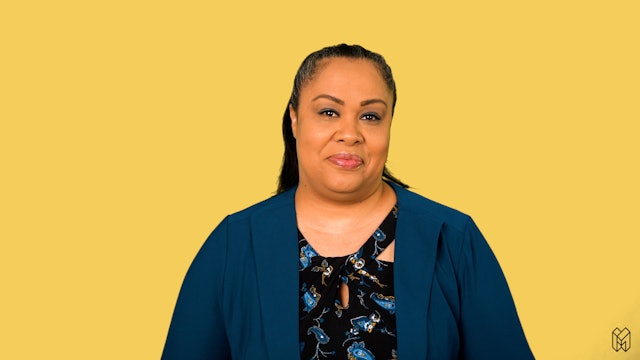-
When and What is Celebrate Diversity Month?
Learn more about Celebrate Diversity month, including when and why it was created, productive ways to observe it, pitfalls to avoid, and how it fits into the bigger picture of DEI programming within your organization.
-
How Should We Celebrate Global Diversity Month?
October is Global Diversity Month, a time to appreciate the diversity of cultures, communities, and customs around the world. Here are a few ways to celebrate Global Diversity Month at home, in the workplace, and in your community.
-
Celebrate Diversity Month Programming Guide
2.78 MB
-
Types of Diversity
Learn about several dimensions of diversity including race, ethnicity, gender identity, sexual orientation, neurodiversity, age, ability, religion, and acquired diversity.
-
What is Multicultural Competency?
Learn what multicultural competency means and how embracing and celebrating the cultural differences of your team members can improve employee engagement, retention, productivity, problem solving, teamwork, and innovation.
-
Tips for Designing Diversity Month Programming
Make your organization’s celebration of Diversity Month both informative and inspiring to all with this list of great suggestions. Learn how combining facts and figures with food, art, music, and games is a recipe for fun, education, and company-wide engagement.
-
How Do I Show I Am Culturally Aware?
Cultural awareness centers on respecting and valuing the differences of other people and groups. Open-mindedness and engaged learning is key to inclusion. This video will show you how to respectfully communicate your cultural awareness.
-
Respecting Diversity in Multinational Organizations
With more and more companies doing business globally, employees must be proactive about respecting their colleagues from other cultures and executives must know how to build cultures of inclusion where everyone feels welcome.
-
Build Cultural Awareness and Agility
Cultural awareness and agility are crucial to business success. Learn how to shift the culture within your organization so that DEI is embedded within your processes and procedures throughout every department and level of the company.
-
Mitigating Cultural Challenges in Global Organizations
In a multinational organization with employees of all different backgrounds, it’s common for some cultural challenges to arise. Learn how to mitigate cultural challenges in global organizations.
-
What is the Racial Makeup of the U.S.?
Take a look at the United States’ racial makeup, how it has changed in recent years, and how DEI programs can respond to and reflect this increased diversity.
-
Why Is It Important to Understand Other Religions?
In today's multicultural workforce, an understanding of the different religions that people practice isn’t just a sign of respect—it’s a competitive business advantage. Discover the importance of learning about different religions and spiritualities.
-
Using Food to Celebrate Diversity
Food does much more for us than simply provide nourishment. It connects us to different cultures and presents an opportunity for shared experiences. Celebrating our differences through food and drink is a great way to gain a deeper understanding and acceptance of those around us.
-
How Can I Learn Intercultural Competence?
Intercultural competence is a range of skills that enable us to communicate effectively and work together across cultures. Learn how to build intercultural competence through education and practice.
-
Accent & Language Biases
Accent and language bias describes our tendency to prefer those who sound like us, while judging more harshly those who speak a different language or with a different accent. This type of bias impacts hiring decisions and career advancement.
-
Cultural Appreciation vs. Cultural Appropriation
There’s a fine line between appreciating another culture and appropriating it for your own use. While cultural appreciation is welcomed by all, cultural appropriation marginalizes people of different races, cultures, ethnicities, religions, and more.


















